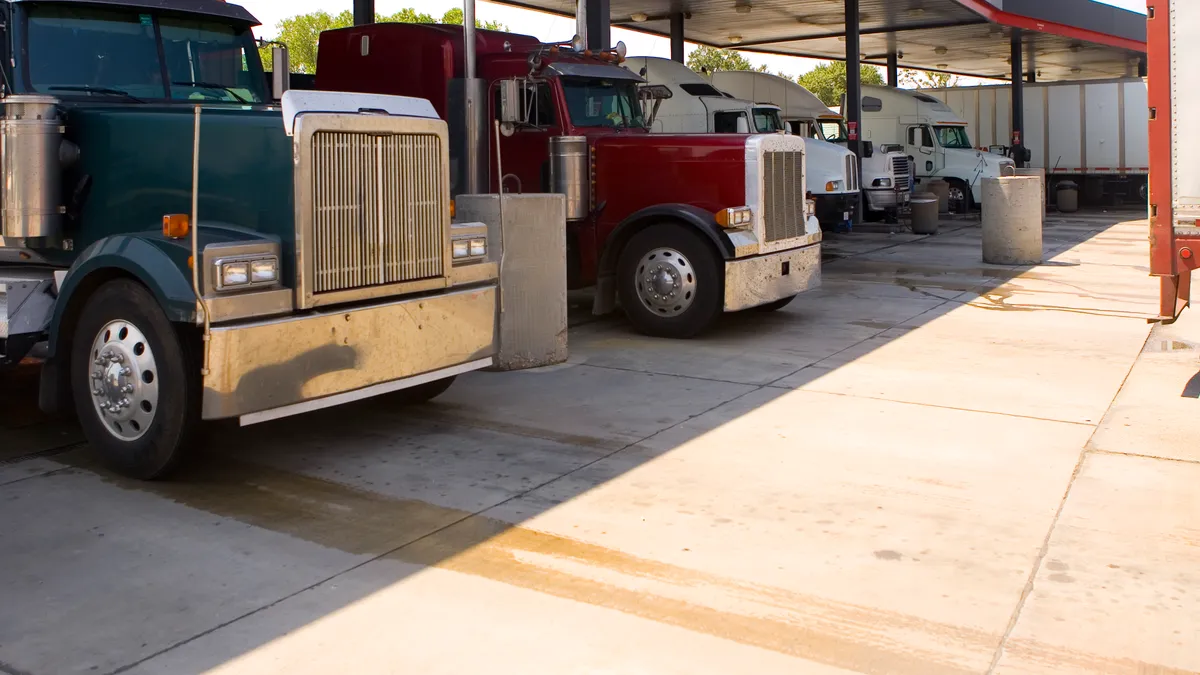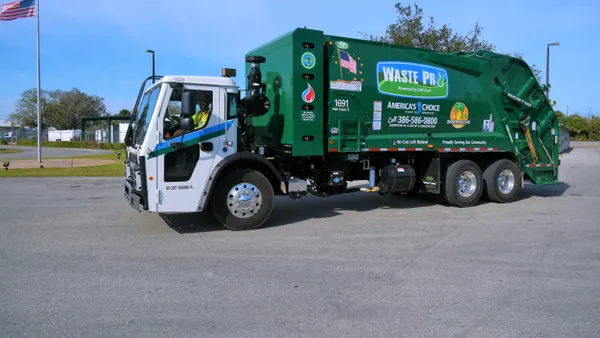The American Trucking Associations renewed concerns last month at a meeting with New Jersey officials about labor issues in the industry.
Nick Geale, vice president of workforce and labor policy for ATA, discussed labor force challenges and solutions with the North Jersey Transportation Planning Authority’s Freight Initiatives Committee on June 21, pointing to an ATA projection that the industry will have a 160,000 driver shortfall by 2030 if changes aren’t made.
"Unless we reverse it, we got a serious problem,” he said of the ATA’s forecasted shortage.
The trade group first published the projection in a labor force report last October. The ATA said at the time that its forecast was based on “driver demographic trends, including gender and age, as well as expected freight growth.”
In his presentation, Geale said the projected need for drivers encompasses four areas:
- retirements,
- industry growth,
- drivers pushed out of the industry, and
- drivers leaving before retirement.
While retirements make up the bulk of projected departures, Geale also noted that drug and alcohol violations are sidelining drivers.
Federal Motor Carrier Safety Administration driver data between January 2020 and April 2022 has found that 98% of testing results involved drugs, as opposed to alcohol. During that time, marijuana has dominated positive results more than all other drugs combined.
As of May 1, FMCSA data showed nearly 92,779 commercial driver’s license or commercial learner’s permit holders were in “prohibited status,” meaning they are temporarily barred from operating commercial motor vehicle due to U.S. Department of Transportation drug and alcohol program violations.
The ATA first sounded the alarm on labor constraints in 2005, when it said there was a gap of roughly 20,000 drivers. By 2018, that number had risen to 60,800, according to a 2019 report from the trade association.
Academic and federal researchers in 2019 issued a report that found similar truck driver hiring and retention patterns compared to other industries.
Contrary to the ATA’s labor anxieties, the Owner-Operator Independent Drivers Association maintains its position that there is no driver issue the organization said in an email Friday. In a six-page statement from last November, the group suggests the industry’s labor issues are fueled by retention problems.












